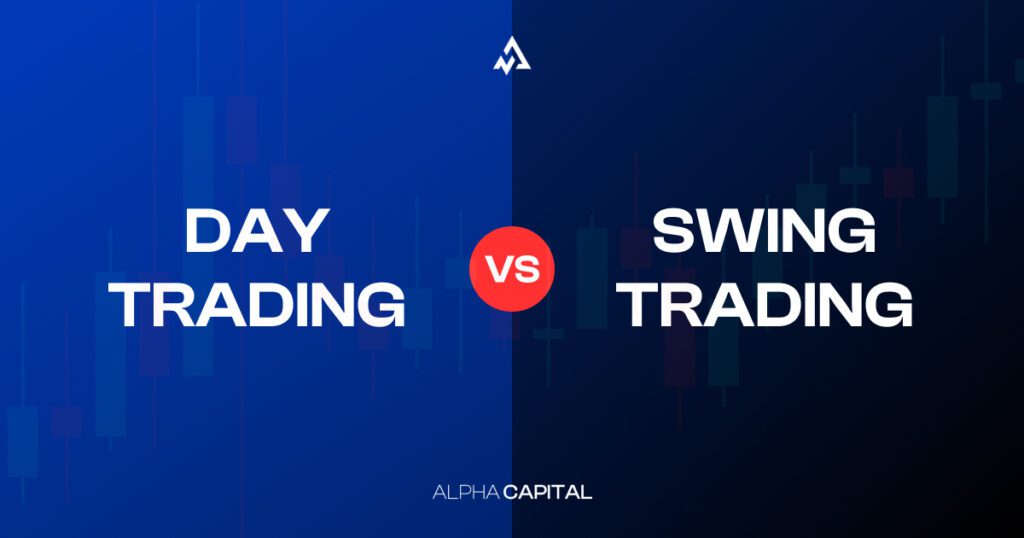
In the fast-paced world of day trading, staying informed and inspired is crucial for success. Podcasts offer a convenient way…

In the world of trading, two popular strategies often come to the forefront: day trading and swing trading. Each approach offers unique opportunities and challenges, catering to different types of traders based on their goals, risk tolerance, and lifestyle. Here’s a closer look at the key differences between day trading and swing trading to help you decide which strategy might be the best fit for you.
Day trading involves buying and selling financial instruments within the same trading day. This strategy is ideal for traders who thrive on quick decision-making and enjoy the fast-paced nature of the markets. Day traders capitalize on intraday price movements, often executing multiple trades in a single session.
Day traders benefit from intraday volatility, which can create numerous opportunities to profit from both upward and downward price movements. The potential for quick profits makes day trading particularly exciting, but it also requires a keen eye for market trends and rapid execution.
One of the advantages of day trading is the absence of overnight risk. By closing all positions before the market closes, day traders avoid the uncertainty of holding positions overnight, which can be affected by after-hours news and events.
Day trading typically involves a high frequency of trades, allowing traders to take advantage of small price fluctuations. This approach requires discipline, focus, and a solid understanding of technical analysis to identify entry and exit points.
Swing trading involves holding positions for several days to weeks, allowing traders to capture price movements over a longer period. This strategy is suitable for those who prefer a more relaxed trading pace and can dedicate time to market analysis without the pressure of daily trading.
Swing traders aim to capture larger price movements, often benefiting from trends that develop over several days. This approach can lead to significant profits, but it requires patience and the ability to withstand short-term market fluctuations.
Swing trading offers more flexibility in terms of time commitment. Traders can analyze the markets and make decisions outside of regular trading hours, making it a viable option for those with other commitments or a full-time job.
With fewer trades and a longer time horizon, swing trading can be less stressful than day trading. Traders have more time to analyze their positions and make informed decisions, reducing the pressure of constant market monitoring.
Day Trading Challenges
Swing Trading Challenges
Conclusion
Both day trading and swing trading offer unique opportunities and challenges. Day trading is ideal for those who enjoy a fast-paced environment and can dedicate time to the markets during trading hours. Swing trading, on the other hand, suits those who prefer a more relaxed approach and can manage positions over several days. Ultimately, the best strategy depends on your personal preferences, risk tolerance, and lifestyle. By understanding the key differences and challenges of each approach, you can make an informed decision and choose the trading strategy that aligns with your goals.

In the fast-paced world of day trading, staying informed and inspired is crucial for success. Podcasts offer a convenient way…

Embarking on a trading journey can be both exciting and daunting. With a myriad of trading styles and strategies available,…

Gold has long been a favorite among day traders, offering a unique blend of volatility, liquidity, and market dynamics that…

Identifying trend reversals in financial markets is a crucial skill for traders and investors. Recognizing when a trend is losing…

Home About Blog Contact